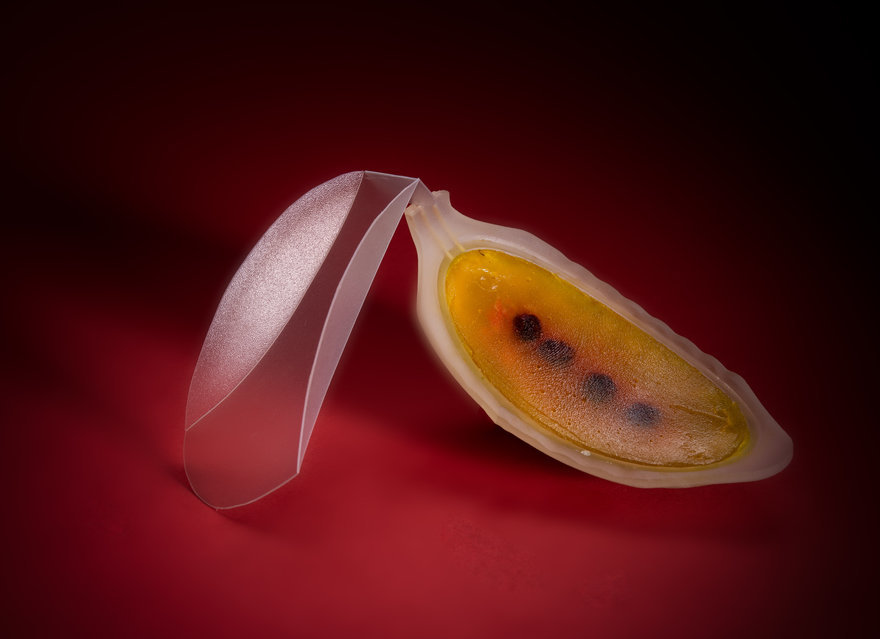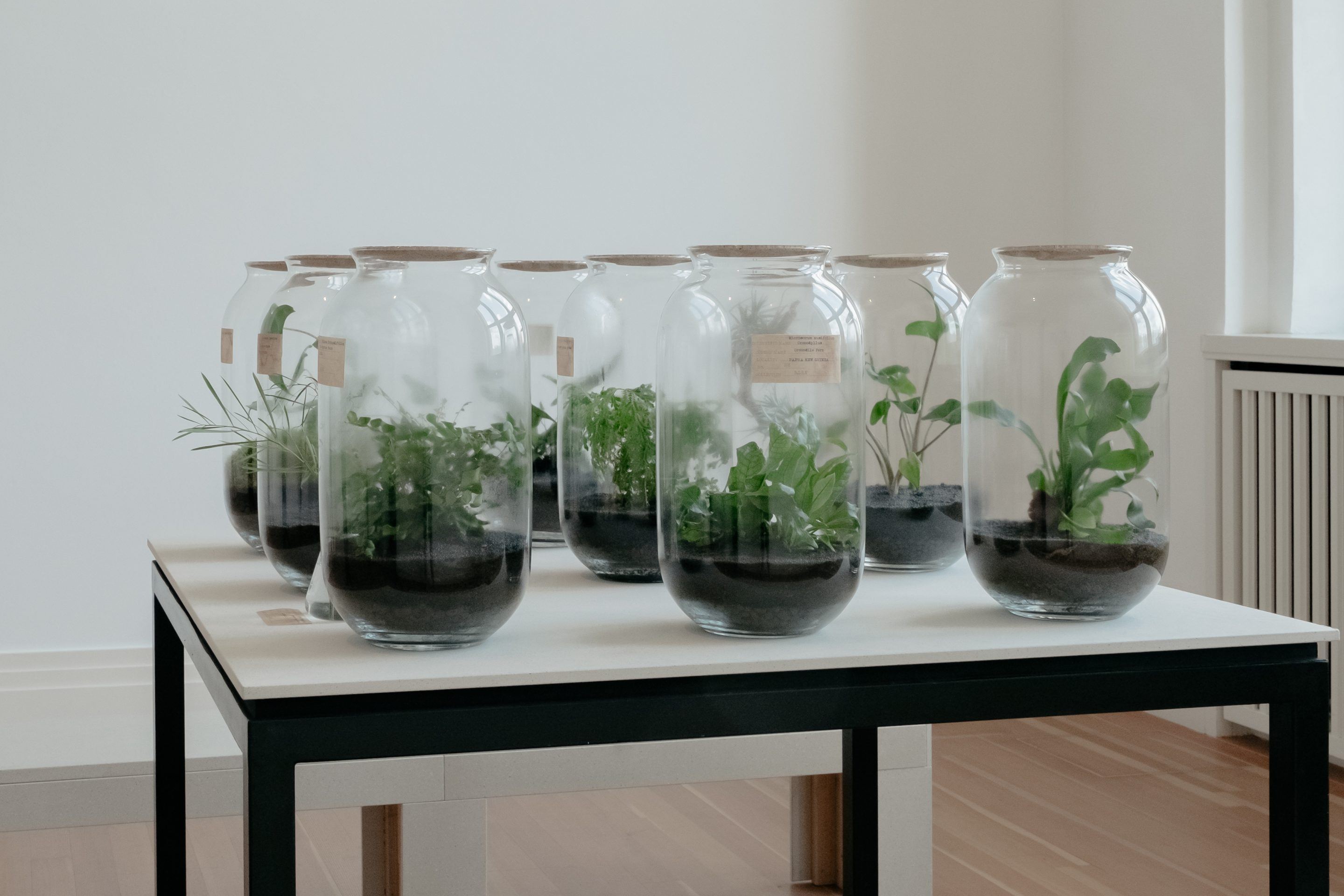Our weekly serving of off-the-menu items – a few popular favorites from the week, as well as a few morsels that may have slipped your notice.
 Image courtesy of the University of Portsmouth.
Image courtesy of the University of Portsmouth.
Distilling Spirits from Chernobyl’s Dead Zone
As part of a three-year project to evaluate radionuclides in grains planted within Chernobyl’s notorious “Dead Zone,” scientists have produced a bottle of moonshine, distilled from rye and water from within the Chernobyl Exclusion Zone. Although the rye did test positive for traces of strontium, the distillation process removes any impurities, making the liquor as safe as any other drink. With plans to eventually sell bottles of the moonshine commercially, and give the proceeds to local communities, researchers have named the drink “Atomik.”
Architecture studio Stefano Boeri has revealed its proposed plan for building green spaces throughout Cairo. The design focuses on adding greenery to three different types of surfaces – gardens on flat roofs, building facades into green vertical surfaces and a green corridor system that would run throughout the city.
Illusions and Gravity in NOT A STILL LIFE
This latest exhibition from photography duo Studio Kleiner plays with optical illusions and weightlessness, displaying an irony that suits its name. The exhibition incorporates elements of the surrounding environments alongside the artists’ arrangements to seemingly defy gravity and bring abstract scenes to life.
 Photo by Maximilian Blackley. Photo illustration by Eater.
Photo by Maximilian Blackley. Photo illustration by Eater.
Baking Bread with Ancient Yeast
This past spring, archaeologists generated a lot of press when they announced that they had collected 4,500 year old yeast from inside Egyptian pottery. Physicist and amateur baker Seamus Blackley worked with the scientists to put the yeast to the test, using it to bake a loaf of sourdough bread. Eater sat down with Blackley to talk about what prompted him to bake with ancient yeast, and how it affected the bread-baking process.
Whooshh Innovations, a Seattle-based tech company, has developed technology for helping fish migrate over dams. Using artificial intelligence, the Whooshh Passage Portal can detect what size and species a fish is, sorting invasive species from wild or hatchery fish. The passage then gently shoots the appropriate fish through a tube over a dam, allowing the appropriate fish to continue swimming without disrupting their migration patterns.


















